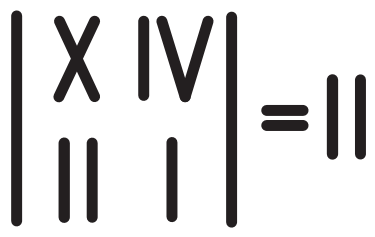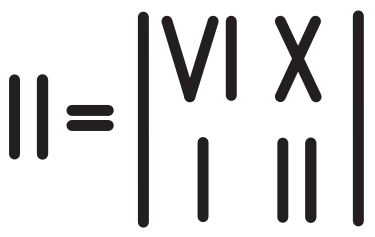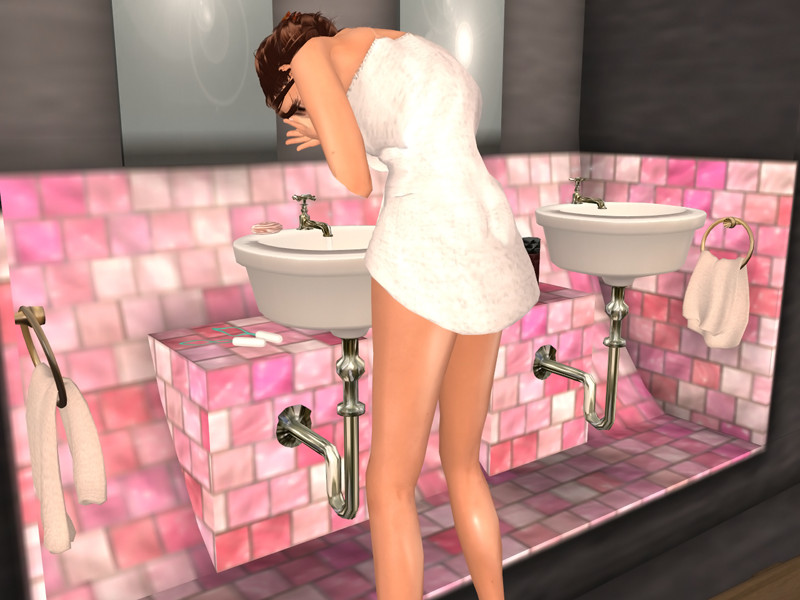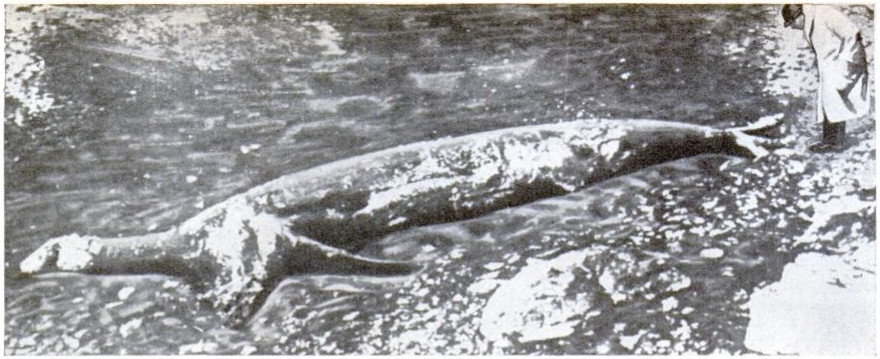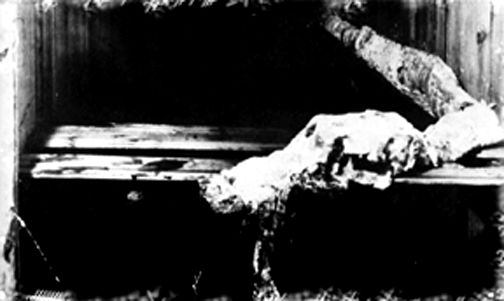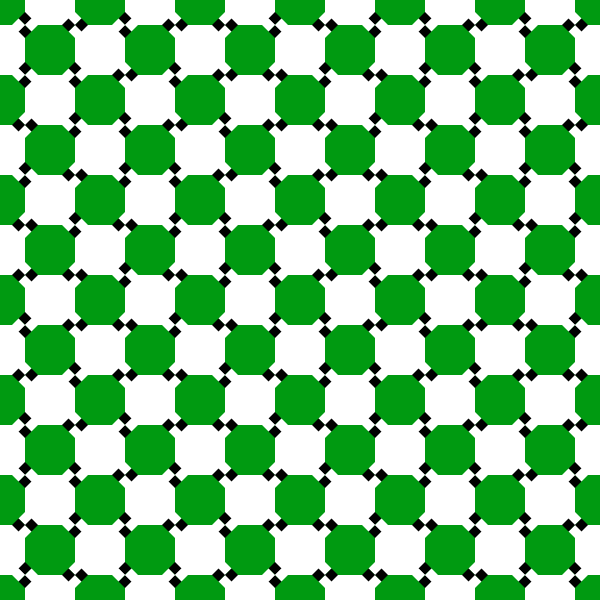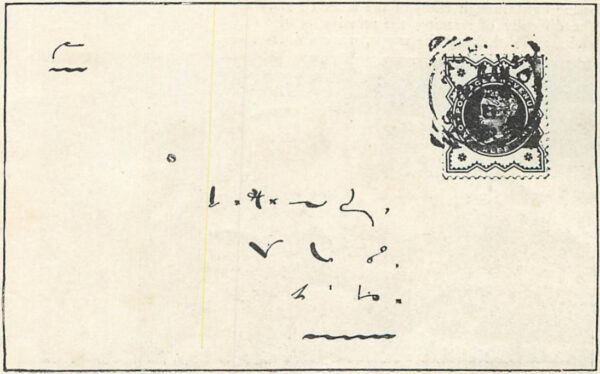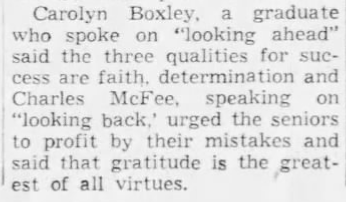During the Battle of Waterloo, a cannon shot struck the right leg of Henry Paget, Second Earl of Uxbridge, prompting this quintessentially British exchange:
Uxbridge: By God, sir, I’ve lost my leg!
Wellington: By God, sir, so you have!
That may be apocryphal, but the leg went on to a colorful career of its own.
The single most British conversation in the history of human civilization, in my judgment, took place on the Upper Nile in 1899, when starving explorer Ewart Grogan stumbled out of the bush and surprised one Captain Dunn, medical officer of a British exploratory expedition:
Dunn: How do you do?
Grogan: Oh, very fit thanks; how are you? Had any sport?
Dunn: Oh pretty fair, but there is nothing much here. Have a drink? You must be hungry; I’ll hurry on lunch.
“It was not until the two men had almost finished the meal that Dunn thought it excusable to enquire about the identity and provenance of his guest.”
